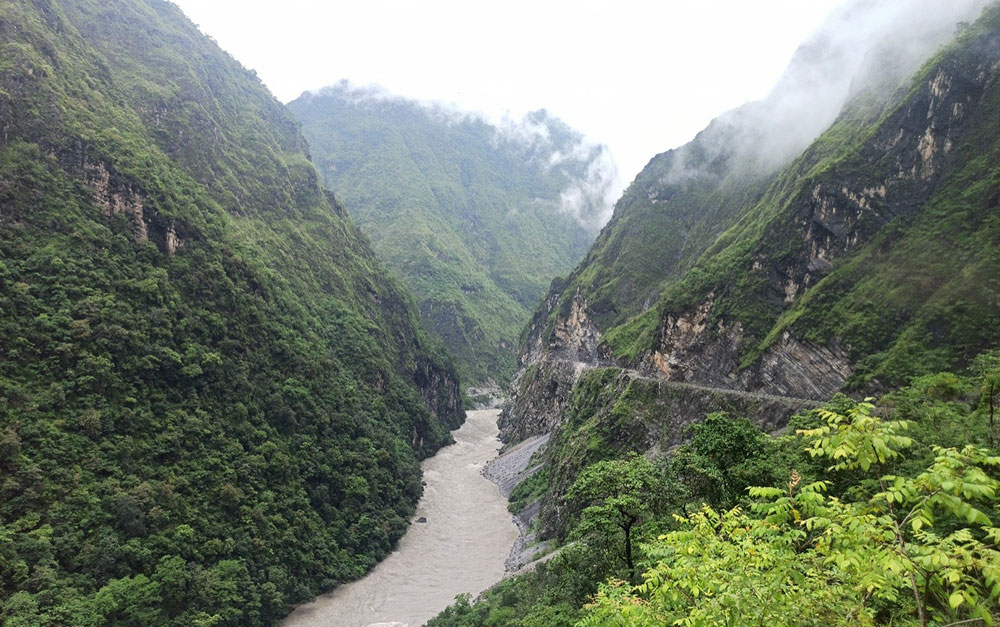
The Detailed Project Report (DPR) for the Kuri-Gongri Hydro-Electric Project indicates a potential annual electricity generation capacity of 2,800 megawatts (MW).
The Kuri-Gongri Hydro-Electric Project’s DPR was undertaken by the Indian consultancy firm WAPCOS Ltd. This consultancy has been engaged in the feasibility study of the project since 2017.
The DPR, finalised last year, incurred cost totalling approximately Nu 400 million.
At present, the draft DPR is under review by the respective governments involved. The finalization of the report is expected to be completed by June.
The project site has been pinpointed in close proximity to the confluence of Kurichhu and Gongrichhu in Mongar.
As per the DPR, the Kuri-Gongri Hydro-Electric Project is projected to generate approximately 9,011.59 gigawatt-hours (GWh) of energy annually. The estimated cost of the project stands at around Nu 307 billion, calculated based on a levelised tariff rate of Nu 6.13 per kilowatt-hour (kWh).
The project is expected to bring economic development for the locals in the area with revenue generation on Nu 30 billion annually.
The report highlights that several gewogs in Mongar, Pemagatshel, and Trashigang will be impacted by the project, with some facing the loss of farmland due to its implementation.
The project will be required to adhere to government guidelines concerning the acquisition of land and compensation for affected families.
This includes remuneration for acquired lands, structures, personal property, cultivable lands, and fruit trees, with a focus on minimising disruption to the livelihoods of affected families.
According to a project official, the project will be obligated to lease land and provide fair and generous rental fees, in accordance with government guidelines.
The project is anticipated to necessitate a total budget of Nu 739 million for rehabilitation and resettlement (R&R) activities.
The project official clarified that the mentioned amount is exclusive of funds required for area development activities and compensation to be provided to families indirectly affected, whose crop yields or fruit trees will be impacted by the project.
The project is anticipated to be completed within a timeframe of 10 years from its commencement.
The project includes plans for greenbelt development, such as plantation along the boundaries of project colonies. Additionally, the inter-connecting roads of various project components within the colonies and working sites will be adorned with avenue plantation.
Furthermore, available space within the colonies will be designated for greenbelt purposes, facilitating the plantation of fruit, ornamental, and shade trees, along with shrubs and climbers.












